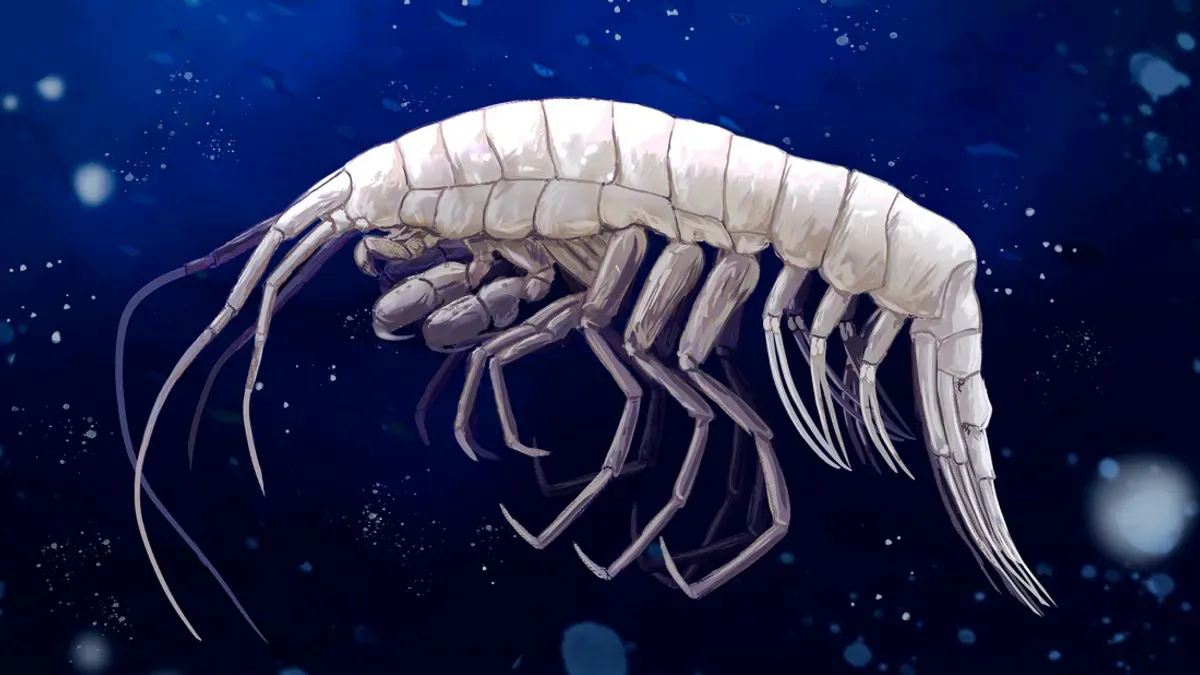A mysterious new predator has been discovered at the bottom of the Atacama Trench, one of Earth’s deepest oceanic habitats. The crustacean, named Dulcibella camanchaca , measures an impressive 1.57 inches (4 cm) in length, making it a giant among amphipods. Found at a staggering depth of 25,900 feet (7,902 meters), this shrimp-like creature is the first large, active predatory amphipod identified in the region.
An Extraordinary Discovery
During the 2023 Integrated Deep-Ocean Observing System (IDOOS) Expedition, researchers from the Woods Hole Oceanographic Institution (WHOI) and the Instituto Milenio de Oceanografía (IMO) recovered four specimens of this unusual predator. Using specialized lander vehicles equipped with baited traps, the team was able to collect the creatures from the trench’s deepest reaches.

DNA analysis revealed that this amphipod represents not only a new species but also an entirely new genus. The discovery sheds light on the rich biodiversity thriving in extreme environments under immense pressure and complete darkness.
The Deep Sea’s Secrets
The Atacama Trench, located off the coasts of Peru and Chile, stretches over 3,666 miles (5,900 km) and reaches depths of up to 26,460 feet (8,065 meters). Despite its isolation, the trench harbors unique species adapted to its nutrient-rich yet challenging conditions.

Scientists named Dulcibella camanchaca after the “darkness” referenced in the languages of the Andes region, symbolizing its deep-sea habitat. The genus name also pays tribute to the literary muse Dulcinea del Toboso from “Don Quixote,” reflecting the creature’s enigmatic allure.
Future Research
This groundbreaking find marks the beginning of deeper exploration into the Atacama Trench’s mysterious ecosystems. Carolina González, an IMO researcher and co-lead author of the study, emphasized that ongoing research could unveil more species and reveal how these ecosystems respond to human-driven challenges like pollution and climate change.

The discovery is a reminder of the hidden marvels of our planet’s unexplored depths and the critical need to protect these fragile habitats.











